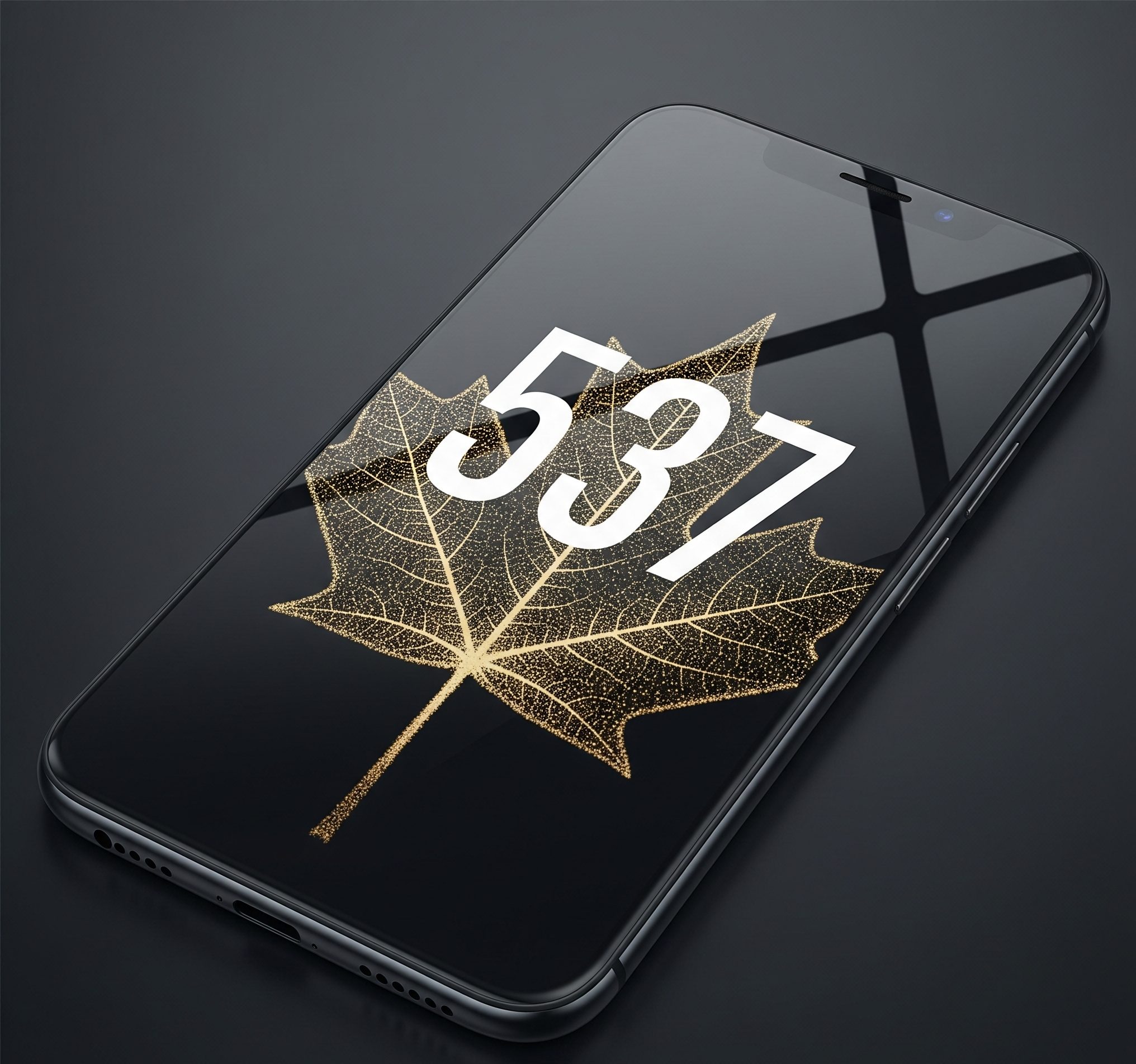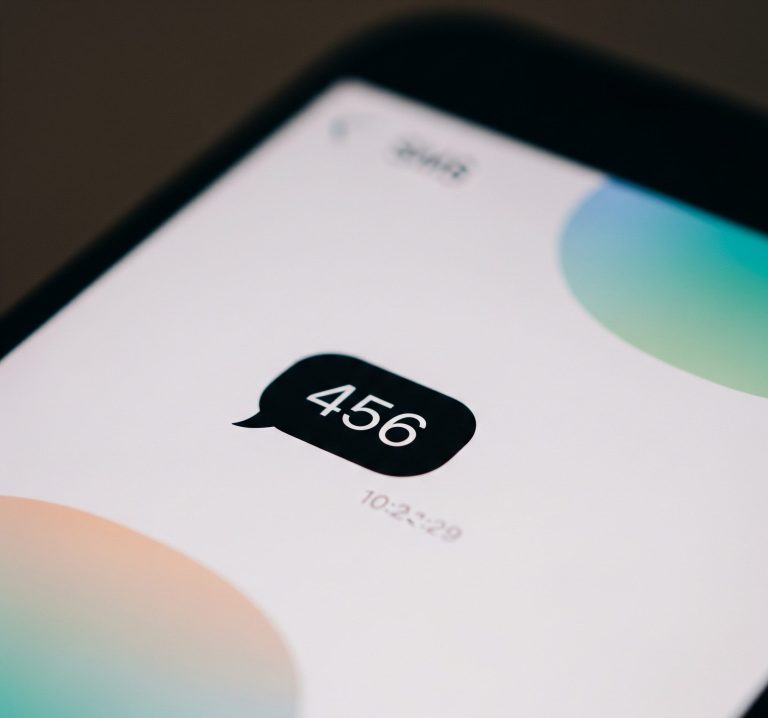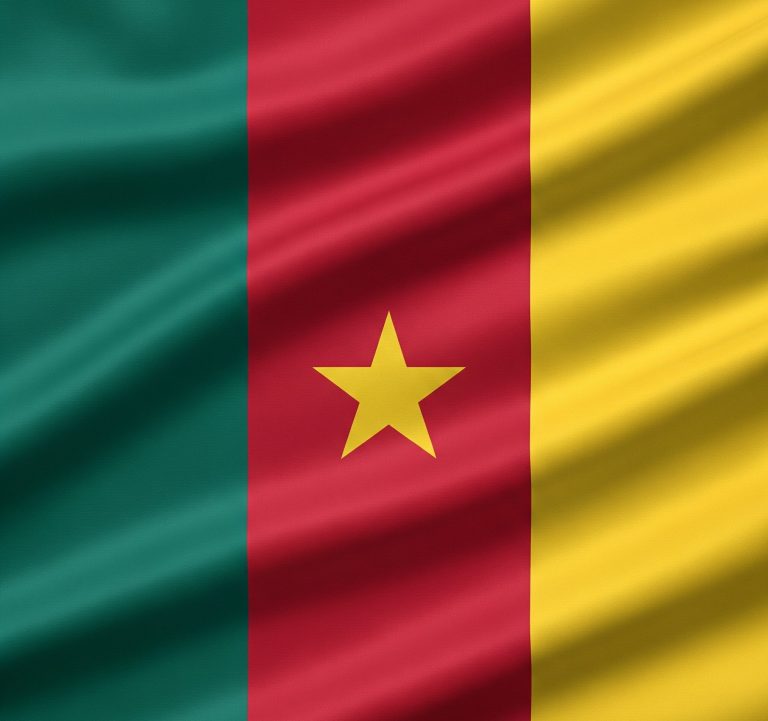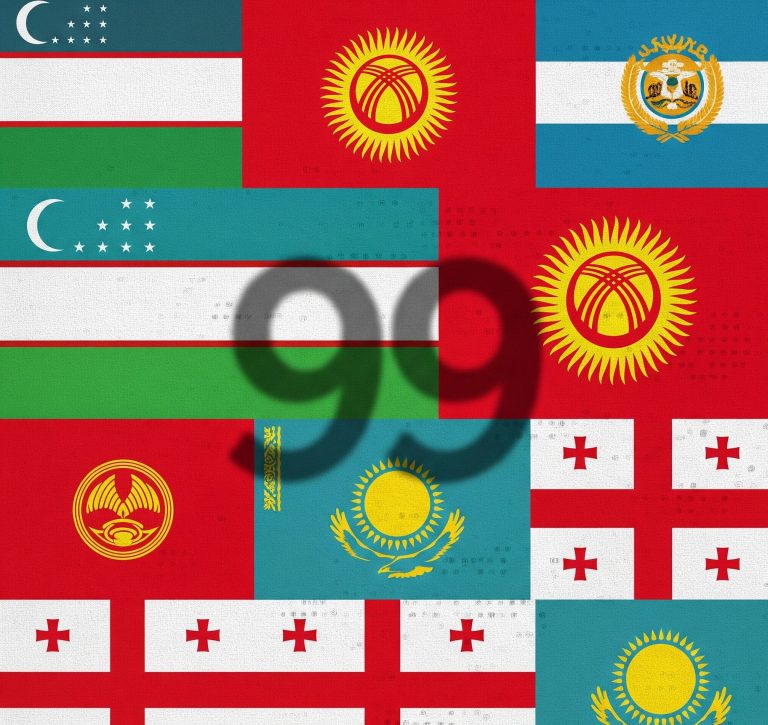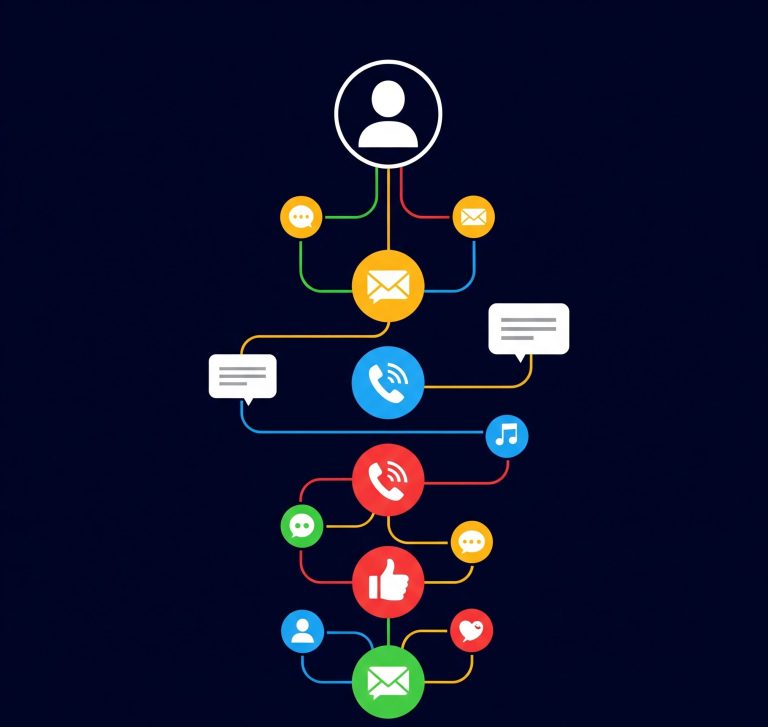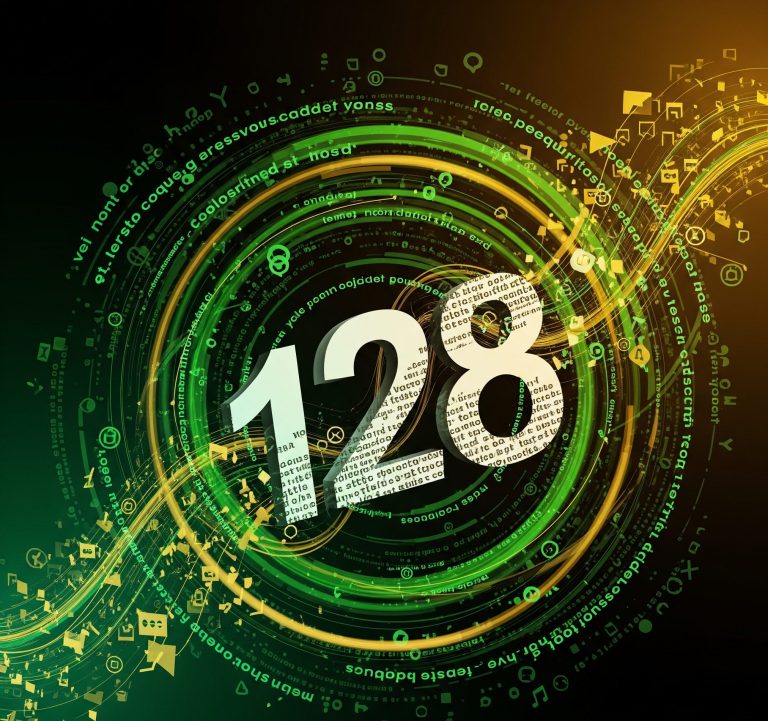In the vast and ever-expanding landscape of American telecommunications, area codes are a familiar, if sometimes frustrating, part of our daily lives. We see them on billboards, in email signatures, and exchange them with new acquaintances. But have you ever heard of the 537 area code? If you’ve been searching for information about this particular three-digit code, you may have found yourself on a digital wild goose chase. The reason for this is simple: the 537 area code does not currently exist as a designated geographical area code in the North American Numbering Plan (NANP).
This revelation might be surprising, especially in an era when new area codes seem to be introduced with increasing frequency. The story of the 537 area code is not one of a bustling metropolis or a newly designated region, but rather a fascinating exploration into the intricate workings of the system that keeps our nation connected. This article will demystify the 537 area code, explain its actual role in the telephone network, and provide a broader understanding of how area codes are structured and assigned in the United States.
Contents
Deconstructing the Number: Area Codes vs. Central Office Codes
To understand why the 537 area code isn’t what it appears to be, we must first differentiate between an area code and a central office code. What most people refer to as an “area code” is technically known as a Numbering Plan Area (NPA) code. These are the three-digit codes that geographically segment the country, such as 212 for New York City or 310 for Los Angeles.
However, a seven-digit telephone number is further broken down. The first three digits of a local seven-digit number are the central office code, also known as an exchange code or NXX code. This code historically pointed to a specific telephone switch or central office within a larger Numbering Plan Area.
This is where we find the “537.” It is not a standalone area code but rather a central office code that operates within existing area codes. So, while you won’t find a state or city exclusively assigned the 537 area code, you will find phone numbers that begin with “537” in various locations across the country.
Where Can You Find the “537” Prefix?
The “537” prefix is in use in several area codes throughout the United States. For instance, you can find the 537 central office code within Alabama’s 256 area code, which serves the northeastern part of the state, including cities like Huntsville and Anniston. It is also a prefix in South Carolina’s 803 area code, which covers the central part of the state, including the capital, Columbia.
This is not an exhaustive list, and the “537” prefix may be active in other area codes as well. The key takeaway is that when you encounter a phone number like (256) 537-XXXX, the “256” is the area code, and “537” is the central office code, narrowing down the location to a more specific part of that region.
The North American Numbering Plan: A Framework for Connectivity
The reason for this structured system lies in the North American Numbering Plan itself. Established by AT&T in 1947, the NANP is an integrated telephone numbering plan that covers the United States, Canada, and several Caribbean nations. It was designed to automate and streamline long-distance dialing, a revolutionary concept at the time.
Originally, the NANP was structured with a specific logic. The first digit of an area code could be any number from 2 to 9, the second digit was always a 0 or a 1, and the third digit could be any number from 1 to 9. This system allowed for a clear distinction between area codes and local numbers, as the second digit of a central office code was never a 0 or a 1.
However, as the demand for telephone numbers skyrocketed with the advent of fax machines, pagers, and eventually mobile phones and internet connections, this original system became strained. In 1995, the restriction on the second digit of area codes was lifted, allowing any digit from 0 to 9 to be used. This change significantly increased the pool of available area codes, but it also blurred the lines that once made area codes instantly recognizable.
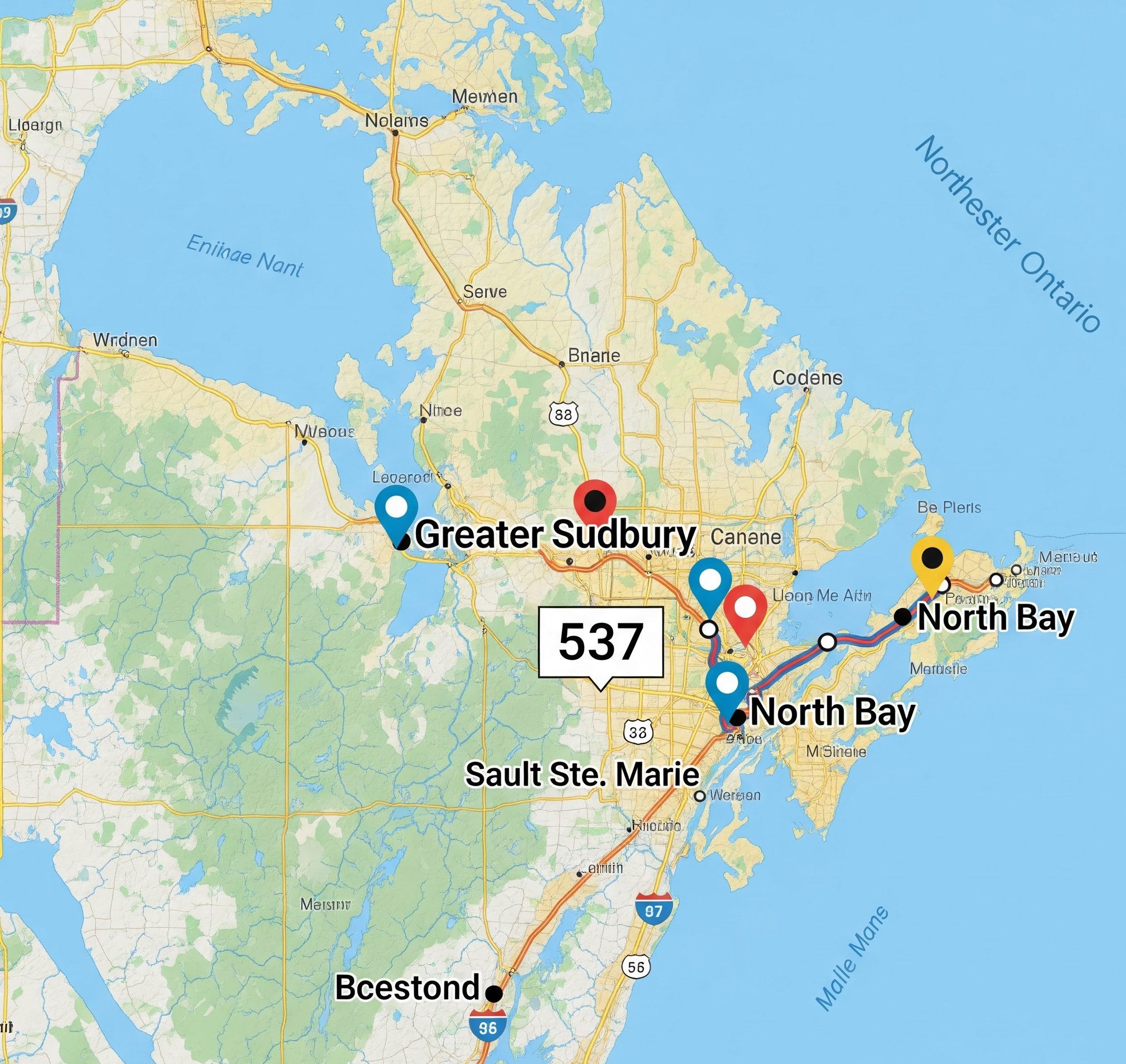
The Phenomenon of Area Code Exhaustion
The story of area codes is one of constant evolution driven by our insatiable need for new phone numbers. The term “area code exhaustion” refers to the point at which all possible central office codes within a given area code have been assigned. When this happens, a new area code must be introduced to meet the demand.
There are two primary methods for introducing a new area code:
- A Geographic Split: This was the traditional method. An existing area code is divided into two or more smaller geographic regions. One region retains the original area code, while the other(s) receive a new one. This often leads to the inconvenience of residents and businesses having to change their phone numbers.
- An Overlay: In recent years, the overlay has become the preferred method. A new area code is introduced to the same geographic area as an existing one. This means that two or more area codes can serve the same city or region. While this avoids the need for mass number changes, it does necessitate ten-digit dialing for all local calls.
The continuous addition of new area codes across the country further highlights why a search for the 537 area code can be misleading. With hundreds of area codes in service, it’s easy to assume that any three-digit combination could be one.
The Future of Numbering: Are Area Codes Forever?
As technology continues to advance, some have questioned the long-term viability of the current numbering system. The rise of Voice over Internet Protocol (VoIP) services and mobile communication has, in some ways, decoupled phone numbers from specific geographic locations. You can now have a New York area code while living in California, a practice that was once impossible.
Despite these changes, the fundamental structure of the NANP, with its area codes and central office codes, remains the backbone of our telecommunications infrastructure. It provides a standardized and reliable way to route calls and messages across a vast and complex network.
conclusion
The story of the 537 area code serves as a perfect illustration of the intricacies of this system. It reminds us that behind every phone number is a carefully designed framework that has evolved over decades to keep pace with our changing world. So, the next time you dial a number, take a moment to appreciate the silent, complex dance of digits that connects you to your destination. And if you ever come across a reference to the 537 area code, you’ll know the real story behind this elusive number. It’s not a place, but a piece of the intricate puzzle that keeps us all connected.

